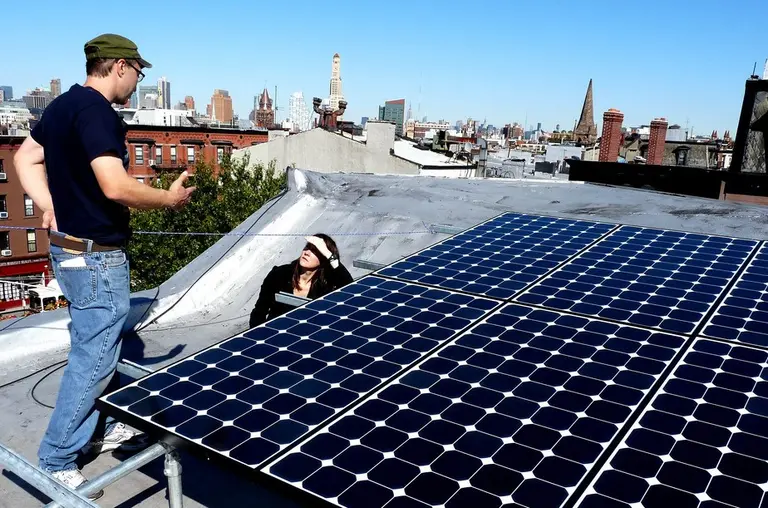NYC May Get a Big Ugly Wall Instead of Bjarke Ingels’ Storm Protection System
Find out how the proposal may have changed
Rapidly growing populations and increasingly scarce resources are two of the biggest challenges that cities face today. But how are policymakers, developers, entrepreneurs and designers responding to these issues? For the third year in a row, the New York Times’ Cities for Tomorrow conference will bring together the world’s top urban-thinkers to discuss what’s being done to enact change that will […]
Following the 2013 Supreme Court ruling that struck down the Defense of Marriage Act and the 2015 ruling that upheld the decision, gay and lesbian couples across the United States have had a lot to celebrate. After years of struggle, gays and lesbians now have the right to marry and along with it, the right […]

Image via 350.org flickr